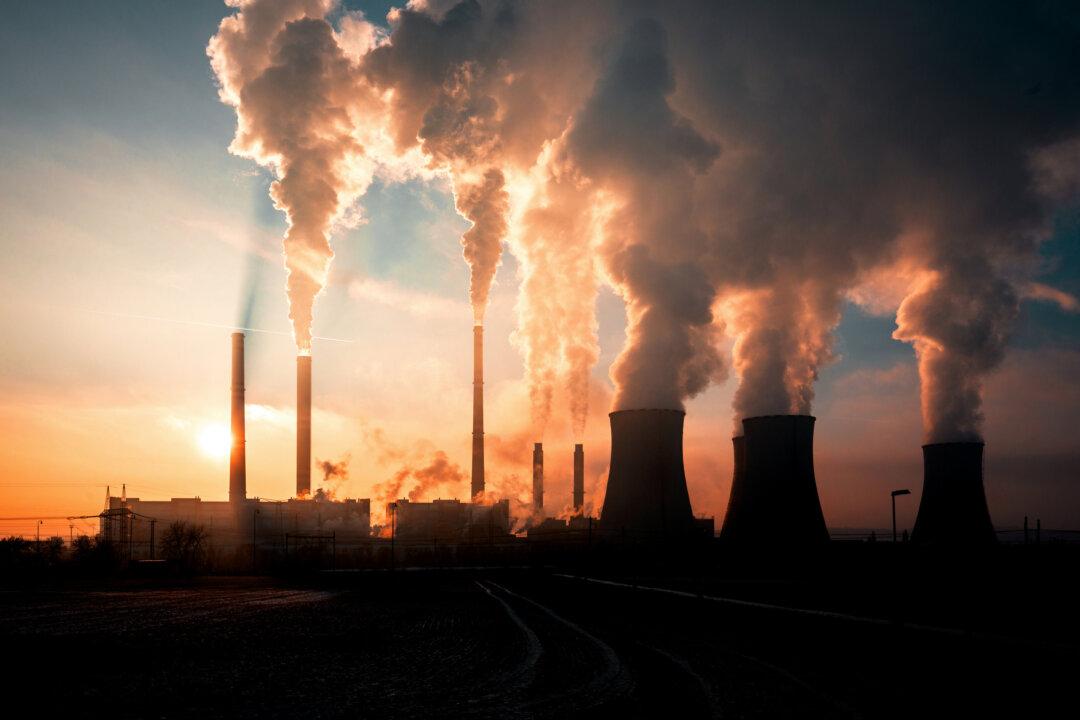The United Nations’ Intergovernmental Panel on Climate Change (IPCC) has warned Australians they will need to brace for an increase in hot days, heatwaves, bushfires, droughts, sea-level rise, ocean warming, ocean acidification, and other extreme events, while others fear the conclusion is alarmist, irresponsible, and misleading.
Part two of IPCC’s sixth assessment report (pdf) predicted that further climate change in the Australasia region was “inevitable” and argued that it could only be solved by rapid reduction in emissions





